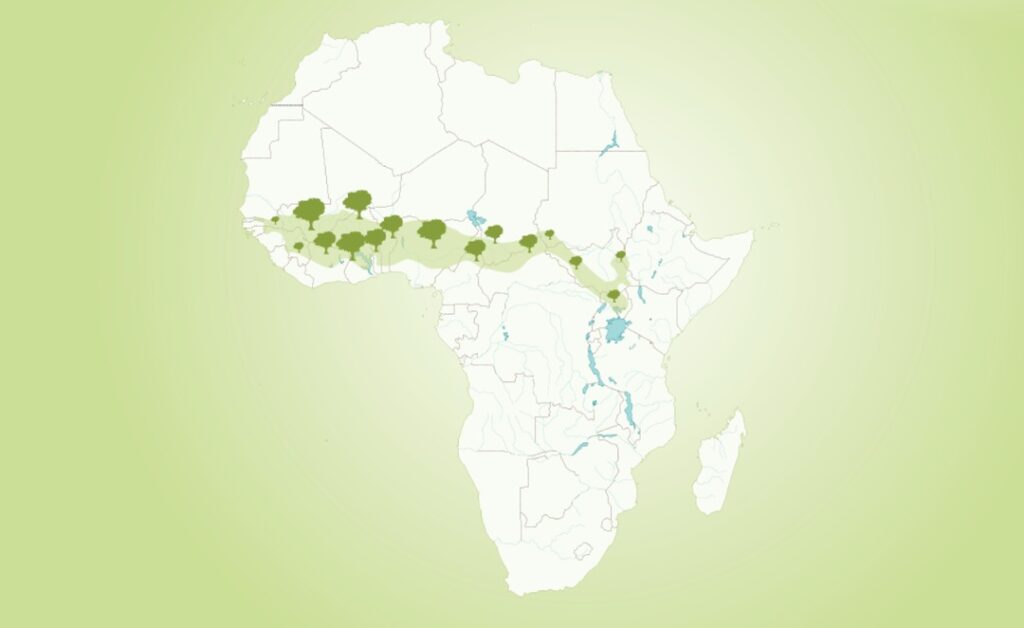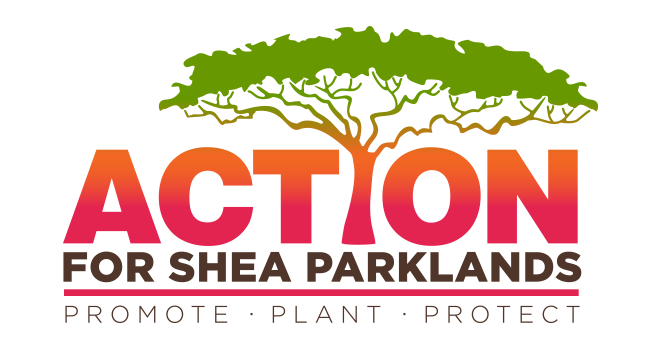Over the next weeks, people from all over the world are converging in Egypt for COP27
to discuss climate change, its impact and to propose solutions to resolve it. The fact
is true that climate change is impacting the world in a way that threatens human
existence on this planet and requires urgent action. Like fire consuming a forest in a
dry season and destroying everything in its way, climate change is threatening life on
planet earth in the long run.
We have seen the impact of climate change in all parts of the world: melting ice in the
glaciers, rising sea levels, extreme heat in summer and unbearable cold in winter
across Europe and North America. The unprecedented flooding that engulfed
Pakistan in 2022 also happened in most parts of the world, with bridges collapsing and
communities being wiped out by torrential floods. Across West Africa, flooding in 2022
destroyed crops, especially rice and maize in a way that has never been seen before.
Rural communities are uncertain now on harvests this year and what the impact on
food security will be in 2023. Rural urban migration may increase due to crop failure
from irregular rainfall pattern and polluted water bodies.
How did we get here?
There is no single answer to this question, but most people agree that climate change
is the result of human activity. According to the United Nations1, climate change is the
result of long term shifts in temperatures and weather patterns. These shifts may be
natural, but since the 1800s, human activity has been the main driver of climate
change, primarily due to the burning of fossil fuels (like coal, oil and gas), which
produces heat trapping gases. As greenhouse gas emissions blanket the earth, they
trap the sun’s heat. This leads to global warming and climate change. The world is
now warming faster than at any point in recorded history.
The world recognized this several decades ago and in March 1995, the UNFCC
mobilized humanity to the Conference of the Parties (COP). Since then, efforts have
been made at national levels to stop GHG emissions. This global call is achieving
some results but not enough because the problem seems to be aggravated, with
scientist predicting global average precipitation increasing by 7% for each degree of
warming, which means we are looking at a future with much more rain and snow, and
a higher risk of flooding to some regions. With a 2°C temperature increase, heavy rain
events are expected to become 1.7 times more likely and 14% more intense2.
As the world is called upon to act and restore our planet, this article serves to propose
a time tested nature based solution for climate change adaptation in Sub Saharan
Africa, a region that bears the highest impact of climate change despite contributing
the lowest to GHG emissions.
Scientist around the world agree that the immediate and quickest solution to climate
change is the reduction in GHG emissions through the phasing out of fossil fuels. While
not a substitute for the rapid phase out of fossil fuels, nature based solutions have an
important role to play in adapting to a changing climate. According to FEMA, “nature
based solutions are sustainable planning, design, environmental management and
engineering practices that weave natural features or processes into the built
environment to promote adaptation and resilience.” 3
This article gives a successful example of such a solution in the Sudanian Savannah
Zone, comprising 2.7 million square kilometers of land and inhabited by humans and
a great diversification of flora and fauna. In this zone, the shea tree is the dominant
tree species with the 2 billion shea trees growing naturally. They can be found
integrated with crops on smallholder farms, creating an agroforestry landscape that
acts like a carbon sink and is resilient to climate change. However, this landscape is
at risk, with an estimated 8 million shea trees disappearing every year.
Fig 1: Shea Tree Growing Location

From March 2021 to December 2022, the Global Shea Alliance (GSA) piloted a shea
agroforestry farming model in Nigeria that seeks to restore degraded shea parklands
and promote community resilience to climate change, as part of the ‘Global Alliance
against Climate Change Plus (GCCA+) project, in partnership with the European
Union.
The Shea Agroforestry Farming Model promotes the presence of diverse tree species
on farms, the intercropping of staple crops and vegetables, the production of organic
fertilizer and apiculture. Each element of the model represents, at the same time, an
income stream as well as providing ecosystem services to the farm. This model shows
that local communities can feed themselves and improve their resilience to climate
change whilst at the same time restoring degraded shea parklands. This agroforestry
practice supports food production, helps improve water and air quality, improves soil
health and promotes wildlife habitat.
1 Trees on Farms
Shea trees do well when they are integrated with other tree species on the same piece
of land. Empirical evidence shows that the integration of different tree species with
crops and livestock on the same piece of land can prevent environmental degradation,
improve agricultural productivity, increase carbon sequestration and support healthy
soil and healthy ecosystems while providing stable incomes and other benefits to
human welfare.
The shea agroforestry model promotes the integration of food crops and shea trees
on the same piece of land through intercropping. This integration is carried out to
diversify production systems to create environmental, economic and social benefits
through complementary interactions between the system components. This helps
provides ecosystem services for the shea landscape.
2 Intercropping
Intercropping is an old farming system in West Africa where farmers plant different
types of crops on the same piece of land. A typical farmer in rural West Africa will
plant cereals, grains, tubers, fruits and vegetables on the same land during each crop
season. This allows them to obtain all their nutritional needs from the same source.
The selection of crops is carried out by local communities based on their needs, the
crop types that do well in the locality as well as market access after harvest. With the
help of an agronomist, land is prepared and the best yielding seeds are selected and
planted. The farmers, working in groups, provide all the care needed on the farm until
harvest. This practice helps produce a greater yield on a given piece of land by making
use of resources that would otherwise not be utilized by a single crop.
3 Organic Fertilizer Production
Farmers around the world apply fertilizers on their farms for higher yield and to balance
the nutrients available in a given soil. Most of these fertilizers are inorganic and whilst
they help improve yield, they eventually destroy the soil health and the ecosystem.
With the help of an expert, local ingredients like animal waste, shea cake, rice or maize
husk is prepared and mulched into fertilizers. Since different crops require different
fertilizers, the soil is tested in a lab to confirm the available ingredients before the
fertilizer is prepared. To ensure balanced soil health for the crops, fertilizers that
contain the missing nutrients are intentionally produced.
4 Apiculture
Apiculture, the technical term for beekeeping is the maintenance of bee colonies in
manmade beehives. Apiculture is an important part of the shea agroforestry model as
it provides income from honey, bee wax and propolis for farmers. The presence of the
bees helps improve pollination and attracts other insects to the farm. The income from
beekeeping makes it an attractive venture for farmer groups and the pollination by the
bees helps improve crop yields. With the help of experts, beehives were produced and
placed at different locations on the farm.
5 Impact
After 1.5 years of implementation, the shea agroforestry farm has shown promising
results to increase climate and economic resilience in shea producing communities.
Crop productivity has increased, thanks to the increased soil nitrogen content and
increased pollination. Women shea collectors have also been able to earn income
from the different crops grown year round and have seen their livelihoods improve as
a result. The best testament of this impact is the level on which specific practices and
components of the shea agroforestry farming model have been replicated, first on the
beneficiaries’ own family farms and then in the wider community. Now, the Global
Shea Alliance and its members are looking to expand this model across the Sudanian
Savannah Zone to support rural communities’ adaptation to climate change. To learn
more about the Global Shea Alliance and its programs, please visit
www.globalshea.com

Managing Director
Global Shea Alliance

Development Director
Global Shea Alliance
1www.un.org
2https://scied.ucar.edu/learning-zone/climate-change-impacts/predictions-futureglobal-
climate
3https://www.fema.gov/emergency-managers/risk-management/nature-basedsolutions
4 www.globalshea.com

